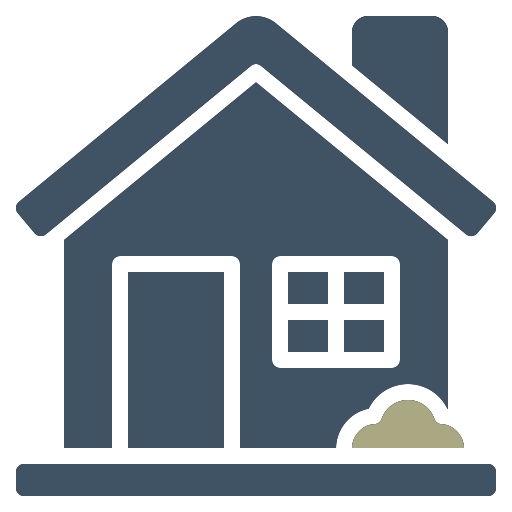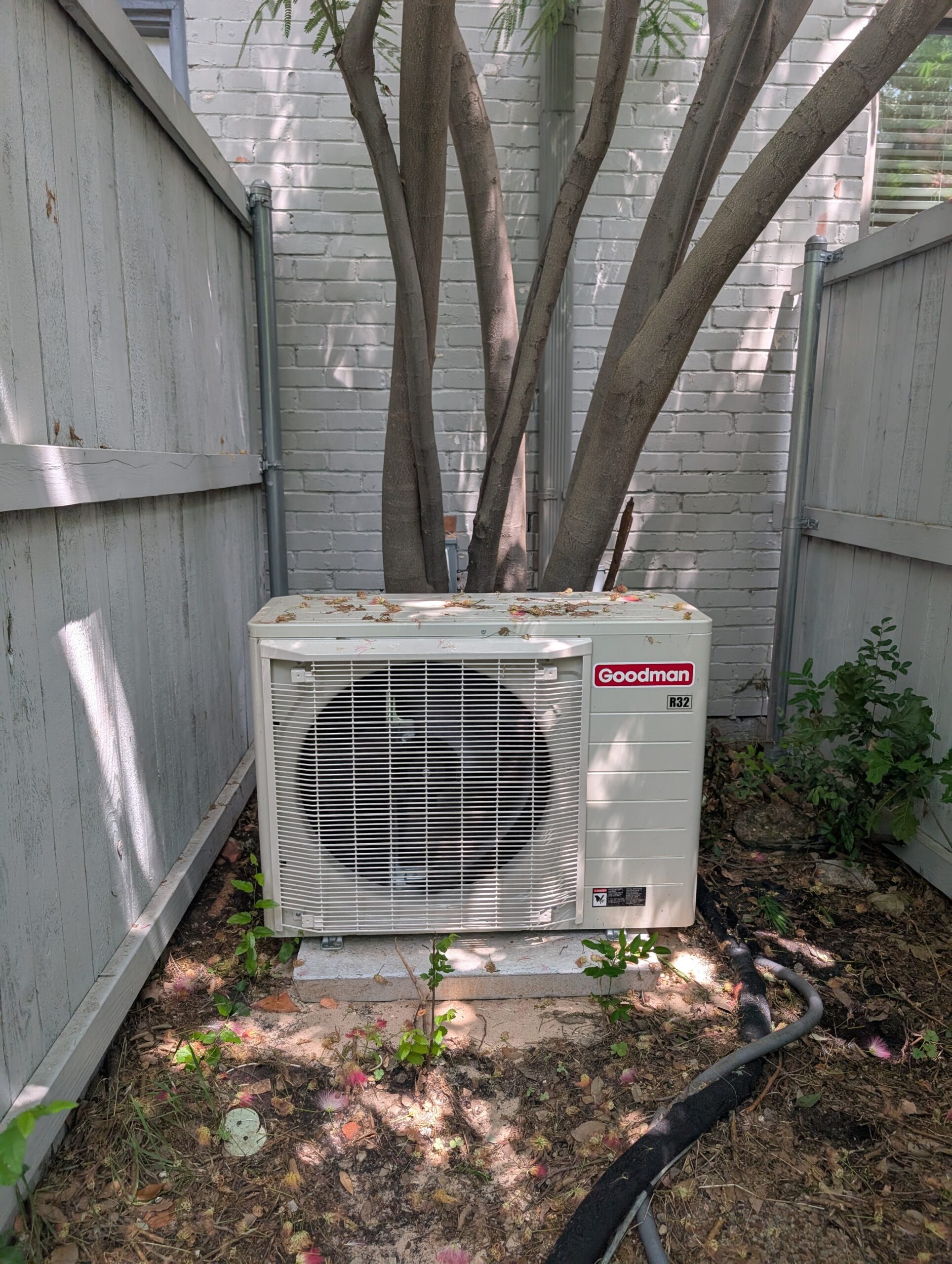Understanding SEER Ratings: A Guide for DFW Homeowners
Choosing a new HVAC system for your Dallas-Fort Worth home can be a daunting task. With so many options available, understanding the technical specifications is crucial for making an informed decision. One of the most important factors to consider is the SEER rating. But what exactly is SEER, and why should you care? In this post, we’ll break down everything you need to know about SEER and SEER2 ratings, helping you make the best choice for your home and budget.
What is SEER?
SEER stands for Seasonal Energy Efficiency Ratio. It’s a measure of how efficiently an air conditioning system can cool your home over a typical cooling season. Think of it as miles per gallon for your AC unit. The higher the SEER rating, the more efficient the system, and the less energy it consumes to keep your home comfortable.
The Origin of SEER Ratings
The SEER rating system was established in 1992 by the U.S. Department of Energy (DOE) and the Air Conditioning, Heating, & Refrigeration Institute (AHRI). This initiative was a direct response to the energy crises of the 1970s, highlighting the need for more energy-efficient cooling solutions.
SEER vs. SEER2: What’s the Difference?
Recently, the industry introduced an updated version called SEER2. While both measure energy efficiency, there are key differences:
- Testing Conditions: SEER2 uses more rigorous testing conditions that better reflect real-world scenarios. The external static pressure used in testing increased from 0.1″ w.g. to 0.5″ w.g. This change accounts for factors like ductwork and filter restrictions, providing a more accurate representation of how the system will perform in your home.
- Accuracy: Because of the stricter testing, SEER2 provides a more accurate efficiency measurement, considering factors like system wear and environmental conditions.
- Efficiency Ratings: Due to the more stringent testing methods, SEER2 ratings are typically 4-7% lower than SEER ratings. So, a unit with a SEER rating of 16 might have a SEER2 rating of around 15.
How is SEER Calculated?
Both SEER and SEER2 use the same basic calculation:
- SEER/SEER2 = Total Cooling Output (BTU) / Total Electric Energy Input (Wh)
This formula essentially divides the amount of cooling the system provides (measured in British Thermal Units or BTU) by the amount of electricity it consumes (measured in watt-hours or Wh).
Why Does SEER Matter to DFW Homeowners?
In the hot Texas climate, a high-efficiency AC system is essential for both comfort and cost savings. A higher SEER rating translates to:
- Lower Energy Bills: More efficient systems use less electricity, resulting in lower monthly energy costs.
- Increased Comfort: Efficient systems often provide more consistent temperatures and better humidity control.
- Reduced Environmental Impact: By using less energy, you’re contributing to a smaller carbon footprint.
Not All SEER Ratings Are Created Equal: The Case of Mini-Splits
While SEER ratings are a helpful guide, it’s important to understand that testing methodologies can sometimes present a limited view, especially when it comes to mini-split systems, particularly multi-zone units. The current testing standards don’t always fully capture the unique benefits of these systems.
- Multi-Zone Systems: Multi-zone mini-splits allow for individual temperature control in different rooms. This zoning capability is a significant advantage in terms of energy efficiency and comfort, as you only need to condition the spaces that are in use. However, the testing procedures don’t always fully account for this benefit, potentially underestimating their real-world efficiency.
- Superior Comfort: Mini-splits are known for their precise temperature control and quiet operation. They also avoid the energy losses associated with ductwork, which can further enhance their efficiency.
In many cases, mini-split systems offer superior energy efficiency and comfort compared to traditional ducted systems, even if their SEER ratings don’t fully reflect these advantages.
Estimated Savings Based on SEER Ratings
Upgrading to a higher SEER-rated system can lead to significant energy savings. Here’s a general idea of the potential savings:
- Upgrading from SEER 10 to SEER 14: Approximately 30% energy savings.
- Upgrading from SEER 14 to SEER 16: Approximately 13% energy savings.
- Upgrading from SEER 16 to SEER 18: Approximately 11% energy savings.
- Upgrading from SEER 18 to SEER 21: Approximately 8% energy savings.
Keep in mind that these are estimates, and actual savings can vary depending on factors like home insulation, climate, and usage habits.
Factors Affecting SEER Performance
It’s important to note that a system’s actual SEER performance can be affected by several factors:
- Ductwork: In ducted systems, leaky or poorly insulated ductwork can significantly reduce efficiency. Air leaks can cause conditioned air to escape into unconditioned spaces, forcing the system to work harder. Proper duct sealing and insulation are crucial for maximizing efficiency.
- Installation Quality: Proper installation is essential for achieving the advertised SEER rating. Incorrect refrigerant charging, improper airflow, or other installation errors can significantly impact performance.
- Refrigerant Lines: Incorrectly sized refrigerant lines can restrict refrigerant flow, hindering the system’s ability to cool effectively.
- Unit Location: The location of the outdoor unit can also affect performance. If the unit is exposed to excessive heat, such as in a hot attic, it will have to work harder, reducing efficiency.
Choosing the Right SEER Rating for Your Home
Selecting the appropriate SEER rating for your home involves balancing several factors. It’s not simply a matter of choosing the highest number. You need to consider your budget, the climate you live in, the energy efficiency of your home itself, and your long-term goals. A higher SEER rating typically means a higher upfront cost, but it also translates to greater energy savings over the lifespan of the system. In hot climates like Dallas-Fort Worth, where air conditioning is essential for a significant portion of the year, investing in a more efficient system can be particularly beneficial. However, if your home is well-insulated and you don’t use your AC as extensively, a mid-range SEER rating might be sufficient. Ultimately, the best approach is to carefully weigh these factors and consult with a qualified HVAC professional who can assess your specific needs and recommend the most suitable option. With that in mind, here are some key considerations:
- Your Budget: Higher SEER systems have a higher upfront cost, but they offer greater long-term savings. It’s important to consider the payback period – how long it will take for the energy savings to offset the initial investment.
- Your Climate: In hot climates like DFW, a higher SEER rating is generally recommended. The longer you use your AC each year, the more you’ll benefit from a more efficient system.
- Your Home’s Insulation: Well-insulated homes require less cooling, so you may not need the highest SEER rating. If your home is well-sealed and insulated, you can often achieve significant energy savings even with a mid-range SEER system. Conversely, in poorly insulated homes, even a high-SEER system might struggle to maintain comfortable temperatures efficiently.
- Professional Advice: Consult with a qualified HVAC technician to determine the best system for your specific needs. A professional can perform a load calculation to determine the appropriate size of the unit and recommend the ideal SEER rating based on your home’s characteristics and your personal preferences.
Truficient Energy Solutions: Your DFW HVAC Experts
At Truficient Energy Solutions, we understand the importance of energy efficiency and comfort. We specialize in providing top-quality HVAC services to residential and commercial clients throughout the Dallas-Fort Worth area, including Richardson and Plano. Our team of experienced technicians can help you choose the right SEER-rated system for your home and ensure proper installation for optimal performance.
Serving the Dallas-Fort Worth area, Truficient Energy Solutions is your trusted HVAC partner. Contact us today for a free estimate on new AC system installation or replacement.







